Costas Spirou - Anchoring Innovation Districts: The Entrepreneurial University and Urban Change
Here you can read online Costas Spirou - Anchoring Innovation Districts: The Entrepreneurial University and Urban Change full text of the book (entire story) in english for free. Download pdf and epub, get meaning, cover and reviews about this ebook. year: 2021, publisher: Johns Hopkins University Press, genre: Politics. Description of the work, (preface) as well as reviews are available. Best literature library LitArk.com created for fans of good reading and offers a wide selection of genres:
Romance novel
Science fiction
Adventure
Detective
Science
History
Home and family
Prose
Art
Politics
Computer
Non-fiction
Religion
Business
Children
Humor
Choose a favorite category and find really read worthwhile books. Enjoy immersion in the world of imagination, feel the emotions of the characters or learn something new for yourself, make an fascinating discovery.

- Book:Anchoring Innovation Districts: The Entrepreneurial University and Urban Change
- Author:
- Publisher:Johns Hopkins University Press
- Genre:
- Year:2021
- Rating:4 / 5
- Favourites:Add to favourites
- Your mark:
Anchoring Innovation Districts: The Entrepreneurial University and Urban Change: summary, description and annotation
We offer to read an annotation, description, summary or preface (depends on what the author of the book "Anchoring Innovation Districts: The Entrepreneurial University and Urban Change" wrote himself). If you haven't found the necessary information about the book — write in the comments, we will try to find it.
As universities transform cities with their innovation districts, what works in these new public-private partnerships?
In recent years, the successful revitalization of urban areas has turned them into magnets for those looking for opportunities in a fast-paced and rapidly unfolding technology-based economy. After the economic crisis of 2008, many colleges and universities attempted to generate alternative sources of revenue and pursued aggressive economic development strategies. Some universities even began to actively invest resources in the rebirth (and rebranding) of urban cores, encouraging the development of entrepreneurial, technology-oriented innovation districts.
In Anchoring Innovation Districts, Costas Spirou explains that these districts have emerged as geographic clusters of technology startups, business incubators, and accelerators. They aim to take advantage of intellectual capital, commercialize knowledge, and give their associated institutions a way to enter into the market. The outcome of robust private-public partnerships and complex real estate strategies, these initiatives also complement other urban revitalization efforts and reshape the socioeconomic makeup of city neighborhoods. Presenting readers with six case studies that explore the role of technological innovation, Spirou argues that higher educationanchored innovation districts can make significant contributions to economic expansion, job growth, and the institutions that guide their development. He also points out that these districts nonetheless raise questions about the impact of the Ivory Tower on the urban environment.
Spirou focuses on Midtown Atlantas Tech Square (Georgia Tech), Cambridges Kendall Square (MIT), Philadelphias University City (the University of Pennsylvania, Drexel University, and the University of the Sciences), the PHX Core (Arizona State University), and the role that the University of West Florida in Pensacola and the University of Tennessee at Chattanooga play in developing innovation ecosystems. Anchoring Innovation Districts provides unique insight into the transformative opportunities offered and the challenges faced by higher education in the built environment. University administrators, board members, policy makers, and scholars will find Spirous analysis thought-provoking and helpful.
Costas Spirou: author's other books
Who wrote Anchoring Innovation Districts: The Entrepreneurial University and Urban Change? Find out the surname, the name of the author of the book and a list of all author's works by series.

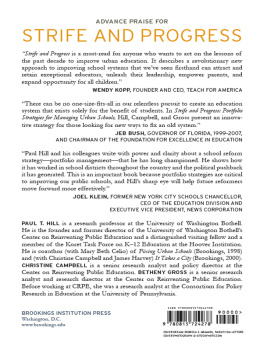
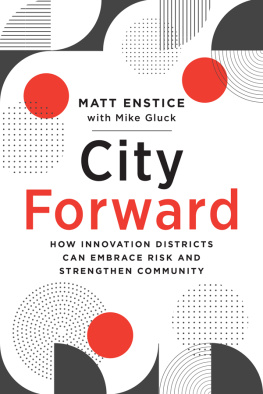
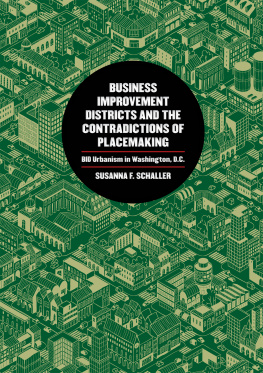
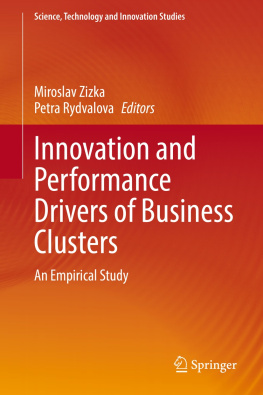
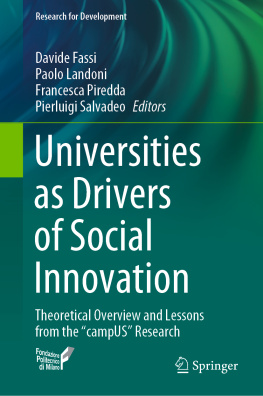
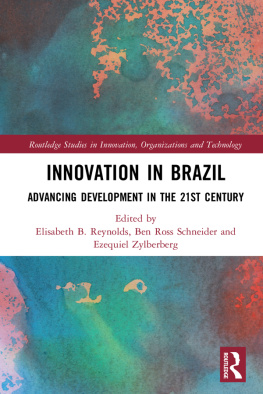
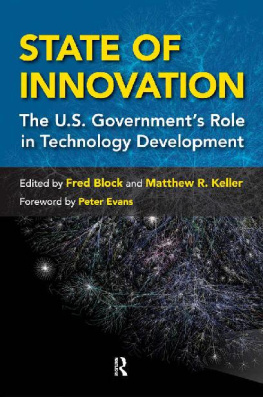
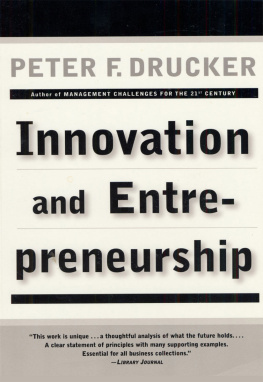
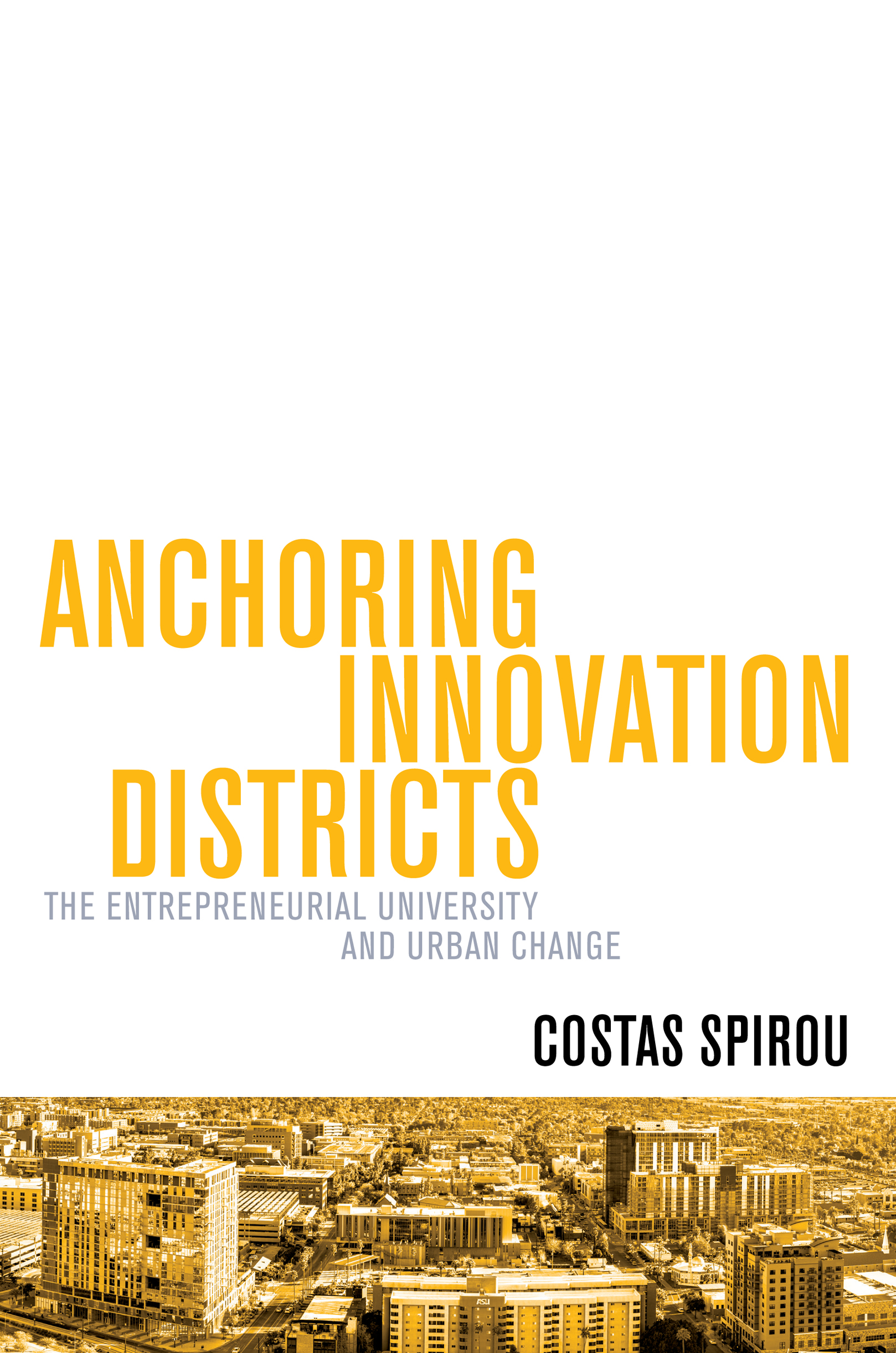
 JOHNS HOPKINS UNIVERSITY PRESS | Baltimore
JOHNS HOPKINS UNIVERSITY PRESS | Baltimore